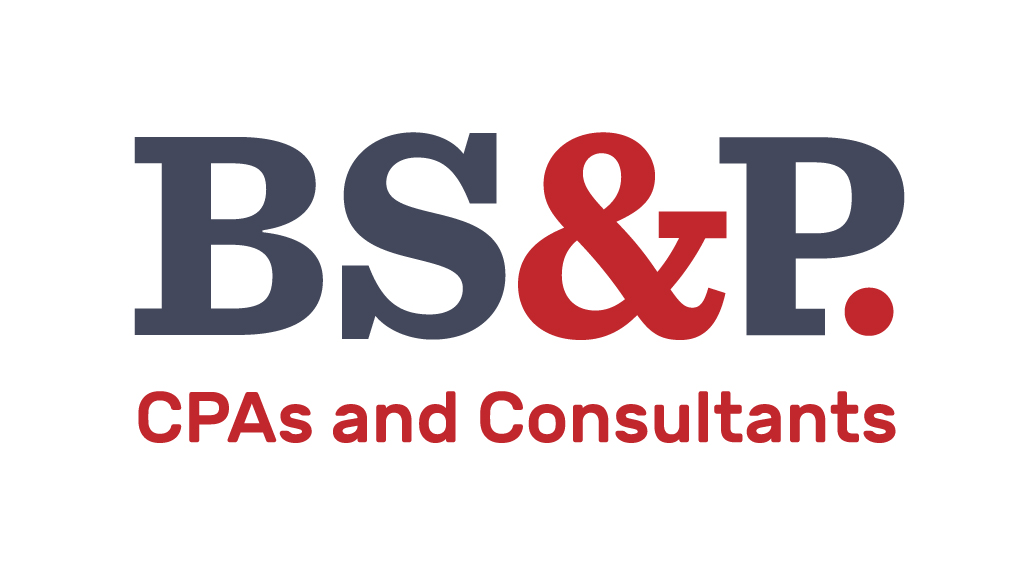
Section 162 of the IRC allows for a deduction of all expenses deemed ordinary and necessary to the operation of a taxpayer’s trade or business. IRC Section 263(a), on the other hand, requires the capitalization of all costs associated with acquiring, producing, and improving tangible property, regardless of the costs incurred. These two sections, with conflicting requirements, have led to decades of case law uncertainty, culminating in the issuance of tangible property regulations on September 17, 2013.
These regulations consolidate a series of case laws into a unified framework that guides taxpayers in determining whether expenses should be deducted in the current year or capitalized over a period ranging from 5 to 39 years. The most common outcome from this framework is the de minimis safe harbor election.
Under the de minimis safe harbor election, taxpayers may elect to deduct amounts paid for tangible property up to a specified threshold (discussed later) per invoice. This election excludes expenses related to inventory and land. Additionally, it does not apply to temporary or backup stock of emergency parts, which taxpayers may elect to capitalize and depreciate. The de minimis safe harbor election eliminates the burden of determining whether every small-dollar expenditure incurred for the acquisition or production of property is deductible or capitalizable; it also removes the need to justify why the expenses do not need to be capitalized. The election is made annually by attaching a statement to the taxpayer’s timely filed federal tax return for the year in which the expenses were incurred.
There are two thresholds for deducting expenses rather than capitalizing them, and they depend on whether or not a taxpayer has an applicable financial statement (AFS). An AFS is defined as: (1) a financial statement required to be filed with the SEC; (2) a certified audited financial statement accompanied by an independent auditor’s report; or (3) a financial statement (other than a tax return) that is required to be submitted to a federal or state government agency (excluding the SEC or IRS). If a taxpayer meets any of the requirements for an AFS, their de minimis threshold is $5,000. If a taxpayer does not meet the requirements of an AFS, their threshold for de minimis deductions is $2,500.
In summary, the de minimis election simplifies the decision-making process for tax preparers by eliminating the need to determine whether to deduct or capitalize an expense. However, it is important to remember that the election does not apply to land, inventory, or backup stock parts.
If a taxpayer does not make the de minimis safe harbor election, they must determine whether each expenditure should be capitalized or deducted based on the general rules outlined by IRC Section 263(a) and Section 162. This can lead to additional complexity and potential disputes with the IRS over the proper classification of certain expenses. Without the election, tax preparers may be faced with more subjectivity in assessing whether certain costs should be capitalized or deducted, increasing the administrative burden and the potential for errors in reporting.
Written by Ashlee Hohman, Staff Accountant
